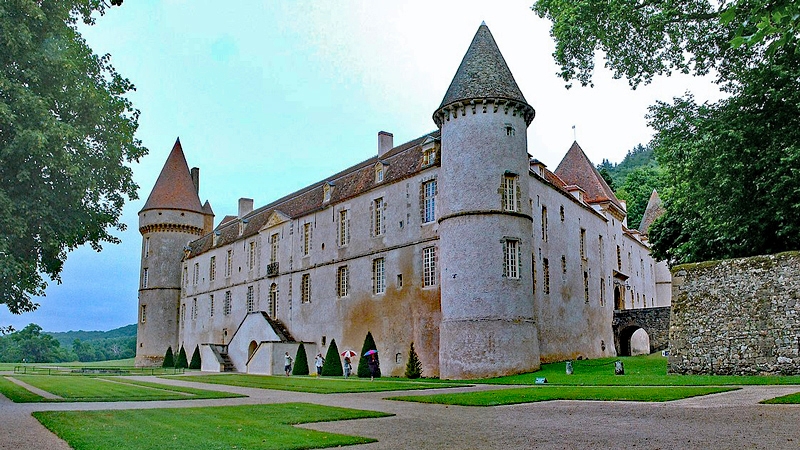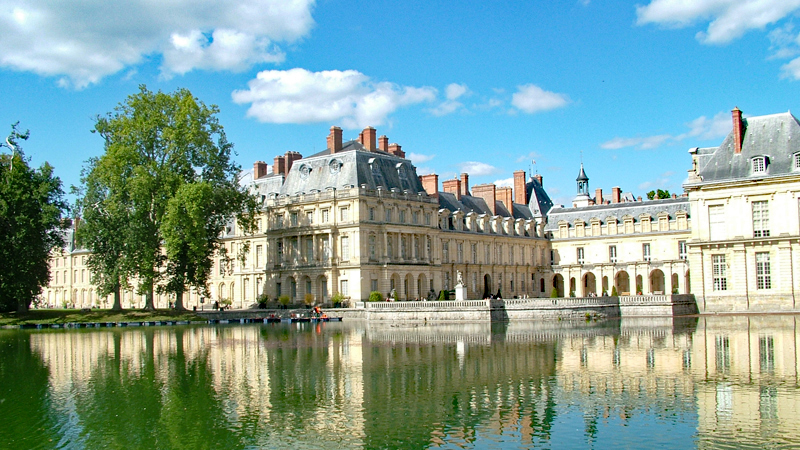Barging in France: Canal du Nivernais
Part 3: Best Places to Visit
The Canal du Nivernais lies in northern Burgundy between the Canal Lateral à la Loire and the the Yonne river at Auxerre which meets up with the Canal de Bourgogne at Migennes, about 20km to the north.
Château de Bazoches is a 12th century feudal château that was purchased in 1675 by Marshal de Vauban, Louis XIV's great military engineer, and the unrivaled master of sieges and 17th-century military architecture. It was here that he designed over 300 constructions and fortified sites. King Richard the Lionheart stayed here at various times. The château is still owned by Vauban's descendants.
In the heart of a 42,000 acre forest, the Palace of Fontainebleau was one residence of the sovereigns of France. It was home to almost 30 kings over eight centuries from Louis IX to Napoleon III. Starting as a 12th-century hunting lodge, Fontainebleau saw many additions and renovations over the years. However, it was during the Renaissance that the palace underwent its most spectacular transformation. Francois I (1494-1547) brought together extremely diverse collections of artwork and made Fontainebleau an artistic center, attracting people from across Europe. It is world-renowned for its extraordinary Italian Renaissance art and architecture.
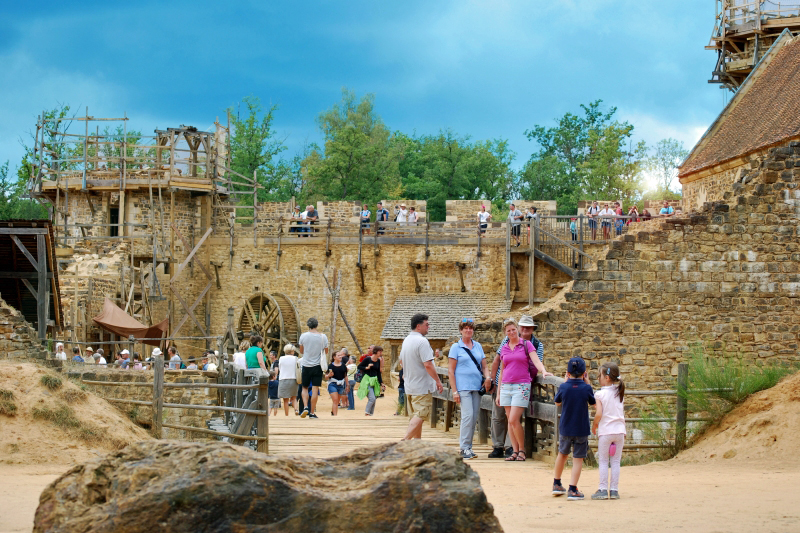
Guédelon, where you can see a castle constructed before your very eyes
At Guédelon, workers dressed in the attire of the 13th century are building a medieval château using only the materials, tools and techniques of the time. Building materials such as stone and wood are sourced locally and then prepared on site. The project was initiated to fully understand how castles were built and, in doing so, rediscover forgotten skills. Once finished in the early 2020s, it will be an authentic recreation of a 13th-century castle. The project has opened the area to employment and tourism, with over 55 jobs created and 200 volunteers working on the site. In 2010, the site attracted more than 300,000 visitors to learn about the life and work of the builders on this journey back in time.
Irancy is a village now famous for growing Pinot Noir grapes, as well as two lesser known varietals, César and Tressot. They produce both red and rosé wines, making the area one of France's northernmost red wine producing regions. Irancy has an unusual terrain of a low valley with slopes surrounded by vines and cherry trees. This shelters the grapes from most of the bad weather during the winter months, while allowing enough sun in the summer to ripen the grapes.
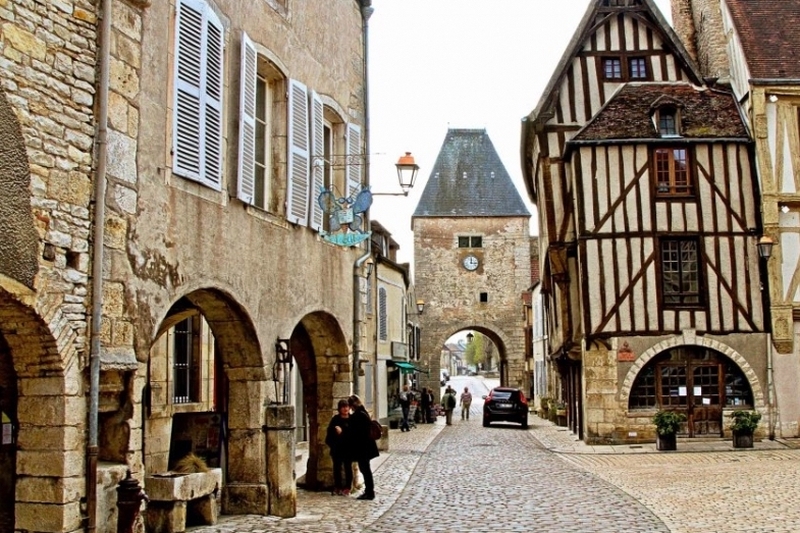
Noyers-sur-Serein
Noyers-sur-Serein, officially one of the Most Beautiful Villages in France, is the epitome of a charming medieval settlement with its perfectly preserved ramparts, gates, and cobbled streets. Henry IV dismantled the town's 12th-century castle in 1599 after it fell into disuse and disrepair. Today, the village is popular with tourists, having several restaurants, bars & cafés, art galleries, a pottery, and a local museum.
In November of each year, Noyers holds two large truffle festivals where local truffles are sold to buyers from across France and beyond.
St-Bris-le-Vineux, once an important fortified market center, has centuries-old half-timbered and stone buildings. At one time, there were 17 towers and three entrances to the walled town. An amazing underground network of galleries connects the houses and streets. The stone found here is of prime quality and nearby quarries produced the building blocks for the Pantheon in Paris.
Red, white, and rosé wines produced in this area can be sampled in the medieval cellars under the town. The Sauvignon Blanc variety grown around St-Bris-le-Vineux was granted its own AOC in 2003, with the name, St-Bris, taken from the town. The local Chardonnay and Pinot Noir are classified as Bourgogne Côte d'Auxerre.
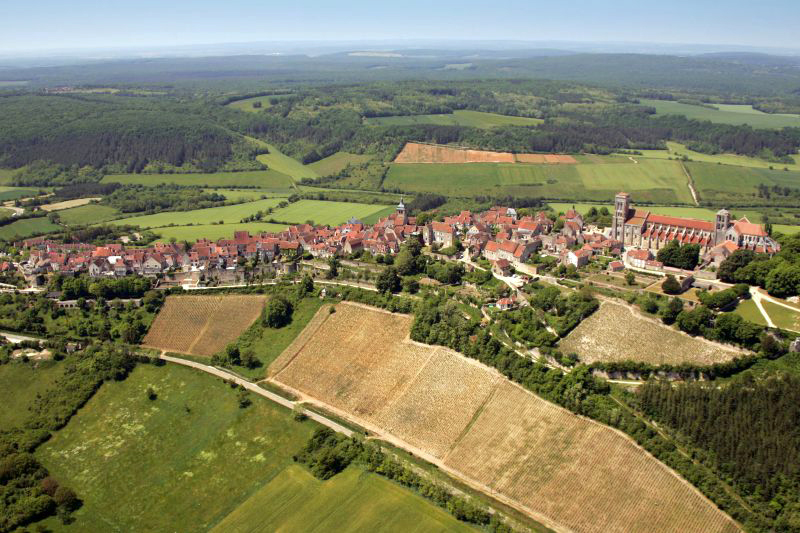
Vézelay
Vézelay is a historic hilltop town and a religious shrine in the Cure Valley. It was the site of the Call to the Second Crusade by St-Bernard of Clairvaux in 1146. In 1058, Pope Stephen IX confirmed the authenticity of the relics of Mary Magdelene brought to the town at the end of the first millennium. During the Middle Ages it became a major pilgrimage site and to some extent, it still is to this day. Being on the Way of St James, it also serves as a special stop-over for pilgrims journeying to Santiago de Compostella in northern Spain. The imposing Roman Basilica of Ste-Madeleine was built with the help of donations from the pilgrims visiting the relics during the 12th and 13th centuries. In 1279, when the body of Saint Mary Magdelene was discovered in Provence, along with a detailed explanation of how and why the body had been hidden, it was generally accepted that the relics in Vézelay were not those of Mary Magdelene. The Abbey suffered a decline, not least during the Religious Wars of the 16th century when it was sacked by the Huguenots in 1569.
By the time of the French Revolution, the building was in danger of collapsing due to neglect. In 1834, the inspector of historical monuments again warned of this risk if they did nothing to save it. On his recommendation, Eugène Viollet-le-Duc was appointed to supervise the massive and successful restoration of the abbey. Work was undertaken in various stages between 1840 and 1861, during which they replaced various weathered and vandalized sculptures. The flying buttresses which support the nave are another of Viollet-le-Duc’s additions to the abbey. The interior, with its immense Christ in Glory portal, is one of the greatest Romanesque works of art in the West.
Learn more about the Canal du Nivernais:
- The Canal du Nivernais: An Overview
- The Canal du Nivernais: Towns & Villages
- The Canal du Nivernais: Best Places to Visit
French Hotel Barges Cruising the Canal du Nivernais
L'ART DE VIVRE
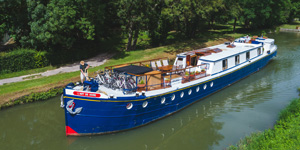
Northern Burgundy: Canal du Nivernais
Up to 8 guests
Charters and Cabin cruises
Themed Cruises:
Bike, Family, Golf, Tennis, Walking, Wine
HOME > REGIONS > France > Canal du Nivernais: Towns & Villages

